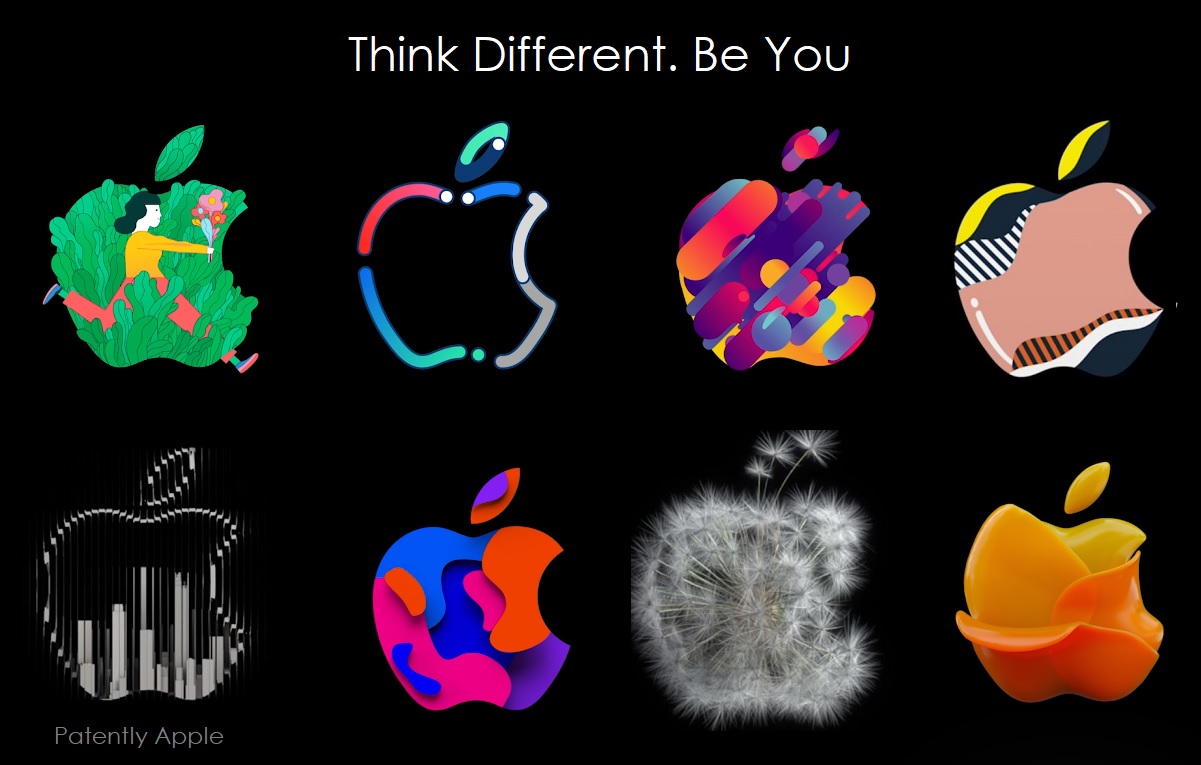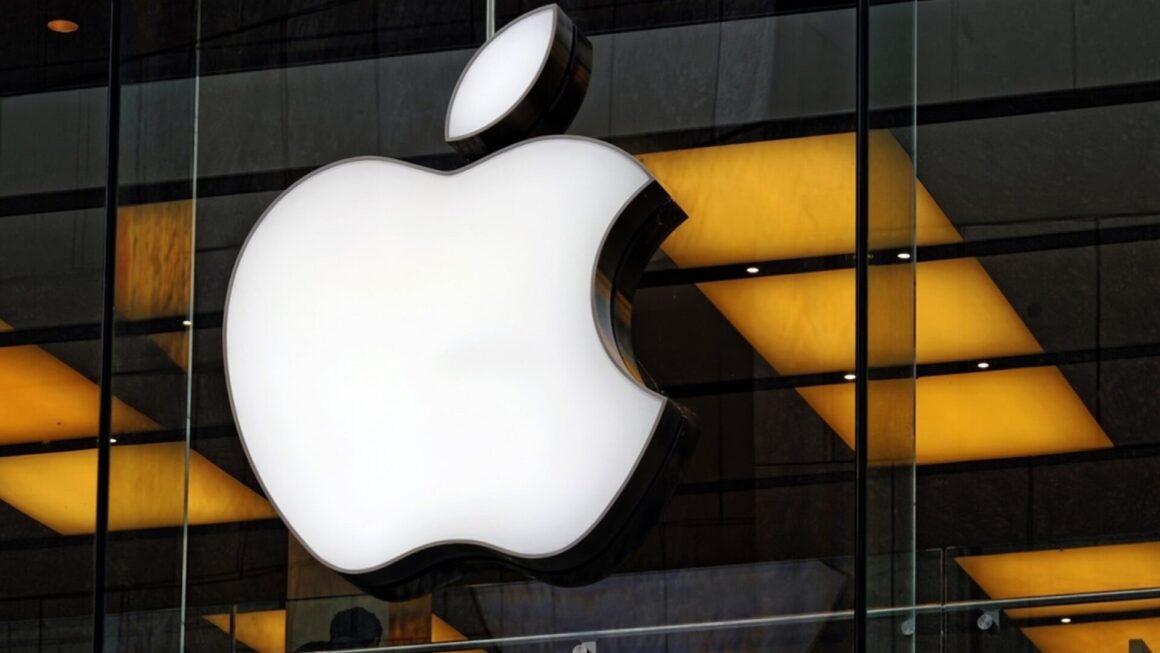Apple Inc., a name synonymous with innovation, elegance, and cutting-edge technology, stands as one of the most iconic and influential companies in the global business landscape. Founded on April 1, 1976, by the legendary duo Steve Jobs and Steve Wozniak, along with Ronald Wayne, Apple has transformed from a humble garage startup to a multinational conglomerate that has left an indelible mark on various industries, ranging from personal computing and music to telecommunications and wearable technology. In this article, we’ll deep-dive into Apple Commercials and Brand campaigns, how do these campaigns fuel innovation and love for the brand.
Apple is a multinational technology company that designs, develops, and sells consumer electronics, computer software, and online services. It is one of the Big Five American information technology companies, alongside Alphabet (Google), Amazon, Meta Platforms, and Microsoft.
Central to Apple’s success is its relentless pursuit of innovation. The company has consistently pushed the boundaries of what is possible, introducing groundbreaking products that have set new industry standards. The Macintosh, launched in 1984, brought personal computing to the masses with its intuitive graphical user interface. The iPod, introduced in 2001, transformed the music industry and paved the way for the digital distribution of music. The iPhone, unveiled in 2007, redefined the concept of a mobile phone, making touchscreens and mobile apps ubiquitous.
More recently, the Apple Watch and AirPods have reinvented the wearables market, showcasing Apple’s ability to identify emerging trends and create compelling consumer experiences.
Apple was founded in 1976 by Steve Jobs, Steve Wozniak, and Ronald Wayne. The company’s first product was the Apple I personal computer, which was sold as a kit. The Apple II, released in 1977, was a commercial success and helped to make Apple a major player in the computer industry.
In the 1980s, Apple introduced the Macintosh personal computer, which was the first commercially successful computer to use a graphical user interface (GUI). The Macintosh also introduced the mouse, which has since become a standard input device for personal computers.
In the 1990s, Apple struggled financially and was nearly driven out of business. However, the company was saved by the introduction of the iMac, an all-in-one personal computer with a distinctive design. The iMac was a huge success and helped Apple regain its footing in the computer market.
In the 2000s, Apple introduced the iPod portable music player, the iPhone smartphone, and the iPad tablet computer. These products were all wildly successful and helped Apple become the world’s most valuable company.
Today, Apple is a global leader in consumer electronics and software. The company’s products are known for their innovative design, ease of use, and high quality. Apple is also a major player in the online services market, with its App Store, iCloud, and Apple Music services.
The company’s success is not only measured in terms of technological achievements but also in its cultural impact. Apple’s marketing campaigns, featuring memorable slogans such as “Think Different” and “There’s an app for that,” have not only propelled its products into the limelight but have also fostered a sense of identity and community among its user base. The Apple Store, characterized by its minimalist design and exceptional customer service, has redefined the retail experience, setting the standard for customer engagement in the digital age.
Apple’s Top Commercials and Brand Campaigns
In the ever-evolving world of advertising, few entities have done as much as Apple. Beyond its revolutionary products, the tech giant has consistently pushed the boundaries of creativity with a series of captivating commercials and brand campaigns that have become cultural milestones.
From the iconic “1984” Super Bowl ad that kickstarted a digital revolution to the thought-provoking “Think Different” campaign that celebrated the power of individuality, Apple’s advertising endeavors have shaped the way we perceive technology, art, and human connection.
Embarking on a journey through the realm of Apple’s top commercials and brand campaigns offers a unique lens into how a company’s vision can be translated into compelling narratives that resonate with audiences around the world.
1984 : Launching the Macintosh (1984)
The “1984” commercial is perhaps one of the most iconic and influential advertisements in the history of advertising. Created by Apple Inc. to introduce their Macintosh computer during Super Bowl XVIII on January 22, 1984, the commercial is a cinematic masterpiece that not only promoted a product but also conveyed a powerful message about innovation, individuality, and challenging the status quo.
Set in a dystopian future reminiscent of George Orwell’s novel “1984,” the commercial opens with a gray and oppressive scene of a massive auditorium filled with identical, expressionless people, seemingly under the control of a totalitarian regime. A gigantic screen displays a Big Brother-like figure preaching conformity and control to the masses.
In the midst of this bleak environment, a young woman dressed in vibrant athletic attire sprints into the auditorium, pursued by police-like enforcers. Holding a sledgehammer, she approaches the screen displaying the authoritative figure, and with a determined swing, shatters it, releasing a burst of light. This moment of liberation and rebellion symbolizes the arrival of the Macintosh computer as a revolutionary force, breaking the chains of conformity and encouraging individuals to think differently.
The commercial concludes with the tagline: “On January 24th, Apple Computer will introduce Macintosh. And you’ll see why 1984 won’t be like ‘1984’.” This phrase not only introduces the release date of the Macintosh but also directly challenges the prevailing norms of the time by suggesting that Apple’s new computer will disrupt the established order and empower individuals to be creative and independent.
The “1984” commercial stands out for its cinematic quality, attention-grabbing narrative, and the bold message it conveys. It marked a departure from traditional product-centric advertisements and instead focused on inspiring a cultural shift. This approach was a hallmark of Apple’s marketing strategy under the leadership of Steve Jobs, emphasizing the importance of values, innovation, and thinking differently.
Think Different (1997):
The “Think Different” campaign, launched by Apple Inc. in 1997, stands as one of the most memorable and impactful marketing initiatives in the history of the company. This campaign represented a pivotal moment for Apple, as it signaled a resurgence in the company’s fortunes under the visionary leadership of Steve Jobs, who had returned to Apple after a period of absence.
At its core, the “Think Different” campaign aimed to reframe Apple’s identity and reconnect with its core values of innovation, creativity, and individuality. The campaign celebrated iconic figures from various fields who had embodied the spirit of thinking differently and pushing the boundaries of human achievement. These individuals were chosen not because they used Apple products, but because they represented the values that Apple sought to champion.
The heart of the campaign was a series of television commercials and print advertisements, each featuring a black-and-white photograph of a notable figure accompanied by the slogan “Think Different.” The narration, voiced by Richard Dreyfuss and later by other actors, included the following text:
“Here’s to the crazy ones. The misfits. The rebels. The troublemakers. The round pegs in the square holes. The ones who see things differently. They’re not fond of rules. And they have no respect for the status quo. You can quote them, disagree with them, glorify or vilify them. About the only thing you can’t do is ignore them. Because they change things. They push the human race forward. And while some may see them as the crazy ones, we see genius. Because the people who are crazy enough to think they can change the world, are the ones who do.”
The campaign featured luminaries such as Albert Einstein, Martin Luther King Jr., Mahatma Gandhi, Amelia Earhart, Pablo Picasso, and more. This diverse collection of iconic figures reinforced the idea that thinking differently could lead to groundbreaking contributions and transformative change across various domains.
The “Think Different” campaign effectively positioned Apple as a brand that aligned itself with individuals who challenged conventions, inspired innovation, and embraced creativity. It resonated deeply with the ethos of the company and connected with consumers who identified with the idea of using Apple products as tools to express their own unique ideas and visions.
iPod silhouette (2003-2005):
The iPod silhouette campaign, which ran from 2003 to 2005, is another iconic and visually distinctive marketing effort by Apple that left a lasting impact on popular culture. This campaign was centered around promoting the iPod, Apple’s revolutionary portable media player that played a significant role in transforming the music industry and digital entertainment landscape.
The hallmark of the iPod silhouette campaign was its minimalist yet attention-grabbing visual style. The advertisements featured vibrant and colorful silhouettes of individuals dancing or engaged in energetic movements against a solid-colored background, while wearing distinctive white earbuds connected to an iPod. The earbuds and iPod’s white earphones cable became a recognizable symbol associated with the iPod brand.
The campaign aimed to convey the idea that listening to music through an iPod was an immersive and dynamic experience that could elevate everyday moments. The silhouettes, devoid of specific features or facial expressions, were designed to be relatable to a wide audience and to evoke a sense of joy, freedom, and individuality. The vibrant colors of the backgrounds and the stark contrast with the black silhouettes made the ads visually striking and instantly recognizable.
Complementing the visual element of the campaign was the music. Each advertisement featured a popular song, often from different genres, that showcased the iPod’s versatility in catering to diverse musical tastes. The combination of visual impact and catchy music resonated with consumers, making the campaign highly memorable.
The tagline “Life Is Random” accompanied many of these ads, emphasizing the spontaneity and personalization that the iPod brought to music consumption. The campaign aimed to convey that the iPod was not just a device for listening to music, but a lifestyle accessory that enhanced daily experiences and allowed users to curate their own soundtrack to life.
Get a Mac (2006-2009):
The “Get a Mac” campaign, which ran from 2006 to 2009, was a series of television advertisements created by Apple Inc. to promote the Macintosh computers by highlighting the differences between Macs and PCs in a humorous and relatable manner. The campaign featured two characters personifying a Mac computer and a PC, engaging in conversations that showcased the benefits of using a Mac over a PC.
The campaign aimed to capitalize on the growing popularity of Macs and position them as a superior choice for consumers by emphasizing attributes such as ease of use, security, design, and reliability. The characters portrayed by actors Justin Long (as the Mac) and John Hodgman (as the PC) became widely recognized, and their interactions became a memorable part of popular culture.
The “Get a Mac” ads were characterized by their simplicity and clever scripting. Each ad typically began with the Mac character confidently stating his advantages over the PC character, who often personified common issues associated with using Windows-based computers. The conversations between the two characters revolved around relatable scenarios, software compatibility, system crashes, viruses, and other everyday computing experiences.
The humor in the ads stemmed from the personification of the two computers and the exaggerated differences between their personalities and characteristics. The Mac was depicted as trendy, reliable, and user-friendly, while the PC was portrayed as more conventional, prone to technical glitches, and struggling to keep up with the Mac’s capabilities.
The campaign successfully communicated the Mac’s key selling points while resonating with a broad audience, from tech enthusiasts to casual computer users. The memorable catchphrase “I’m a Mac… and I’m a PC” became synonymous with the campaign and Apple’s branding efforts.
Shot on iPhone (2015):
The “Shot on iPhone” campaign is an ongoing marketing initiative by Apple that showcases the photography and videography capabilities of the iPhone. Launched in 2015, this campaign highlights the quality and versatility of the iPhone’s camera system by featuring user-submitted photos and videos taken with iPhones. The campaign aims to demonstrate that professional-grade imagery can be captured using just a smartphone.
Key aspects of the “Shot on iPhone” campaign include:
User-Generated Content: The campaign features real-world examples of photos and videos taken by iPhone users from around the world. These visuals cover a wide range of subjects, from landscapes and portraits to action shots and close-ups. The campaign’s reliance on user-generated content adds authenticity and relatability, as it showcases what everyday users can achieve with their iPhones.
Diverse Subjects and Styles: The “Shot on iPhone” campaign highlights the iPhone’s camera capabilities in various lighting conditions, environments, and settings. The range of subjects and styles displayed in the campaign demonstrates the iPhone’s adaptability for capturing everything from professional-grade portraits to breathtaking scenery.
Technical Excellence: Apple emphasizes the technical specifications of its cameras, such as image stabilization, low-light performance, and advanced computational photography features. This allows the campaign to appeal to both casual users and photography enthusiasts who are interested in the technical aspects of smartphone photography.
Global Reach: The campaign showcases photos and videos captured by users from different parts of the world, highlighting the iPhone’s widespread popularity and its ability to capture diverse cultures and experiences.
Cross-Platform Promotion: The “Shot on iPhone” content is often displayed across various media platforms, including billboards, print ads, social media, and online videos. This widespread exposure contributes to the campaign’s impact and reach.
Evolution: Over the years, the campaign has evolved to incorporate new features and improvements introduced in each generation of iPhones. This ensures that the campaign remains relevant and up-to-date with the latest camera advancements.
Inspiration and Creativity: The “Shot on iPhone” campaign not only showcases the iPhone’s camera capabilities but also encourages users to experiment with photography and videography. It demonstrates that a powerful camera is accessible to everyone, fostering a sense of creativity and exploration.
Overall, the “Shot on iPhone” campaign serves as a testament to the innovation and technological prowess of Apple’s iPhone lineup. By highlighting the stunning visuals that can be captured with an iPhone, the campaign has solidified the device’s reputation as a tool for visual storytelling and creative expression.
In the dynamic landscape of advertising, Apple has consistently stood out with its exceptional ability to craft campaigns that transcend mere promotion, becoming cultural touchstones that shape perceptions and inspire innovation.
From the iconic “1984” Super Bowl commercial that heralded a new era of personal computing, to the spirited “Think Different” campaign that celebrated individuality, and the witty “Get a Mac” series that redefined brand rivalries, Apple’s advertising journey has been a masterclass in storytelling and visual communication. The “Shot on iPhone” initiative showcases not only the transformative power of smartphone photography but also Apple’s commitment to democratizing creativity.
As each campaign unfolded, it resonated deeply with audiences, leaving a mark on popular culture and reinforcing Apple’s legacy as a brand that doesn’t just sell products, but shapes the world through innovation, design, and a vision that challenges the ordinary. Through these top Apple commercials and brand campaigns, the company has exemplified its capacity to not only capture our attention but also to capture our imaginations, making Apple an enduring force in the annals of advertising excellence.
Also Read: Fueling Passion : A Deep Dive Into Adidas Brand Campaigns
To read more content like this, subscribe to our newsletter



